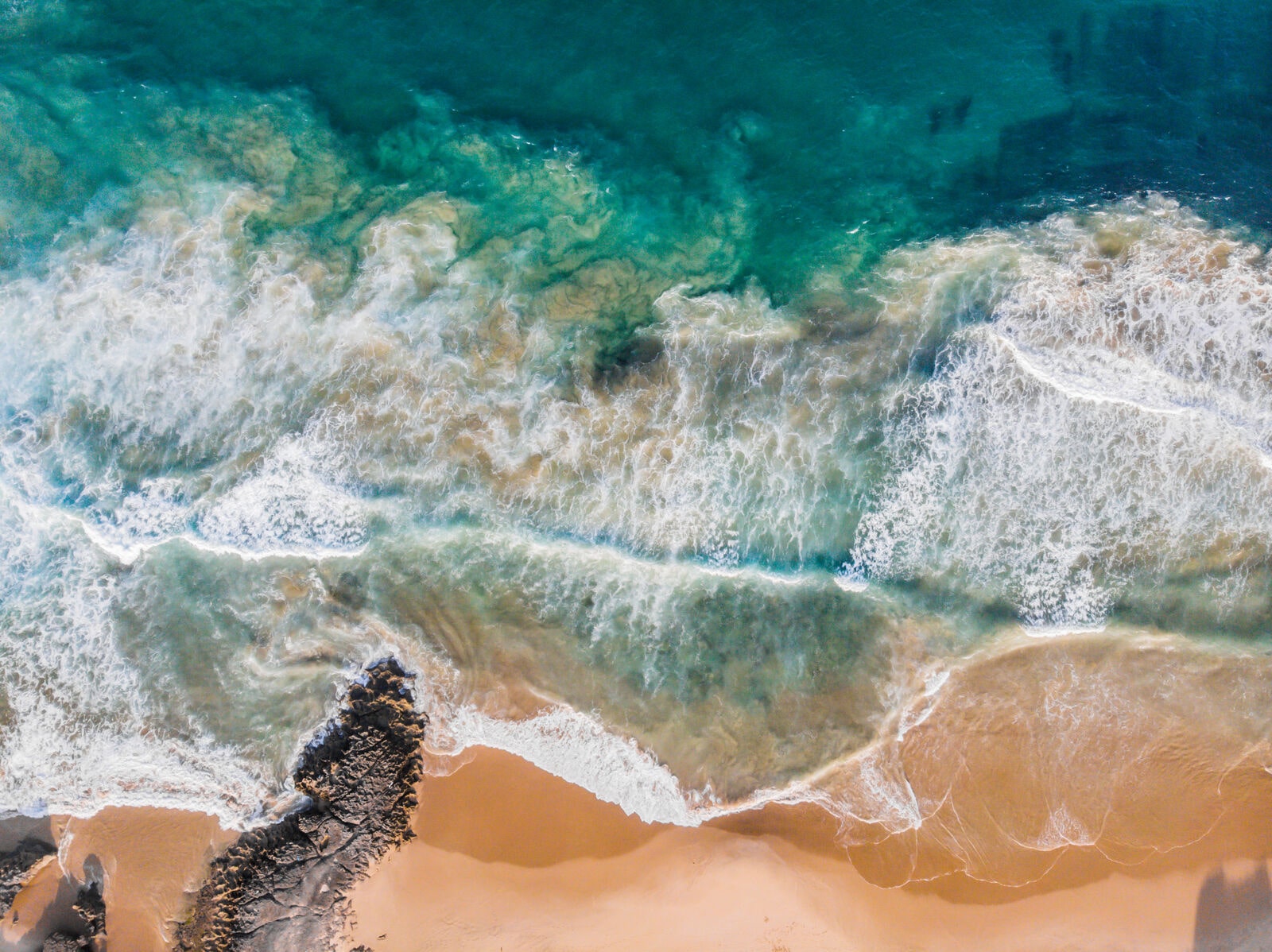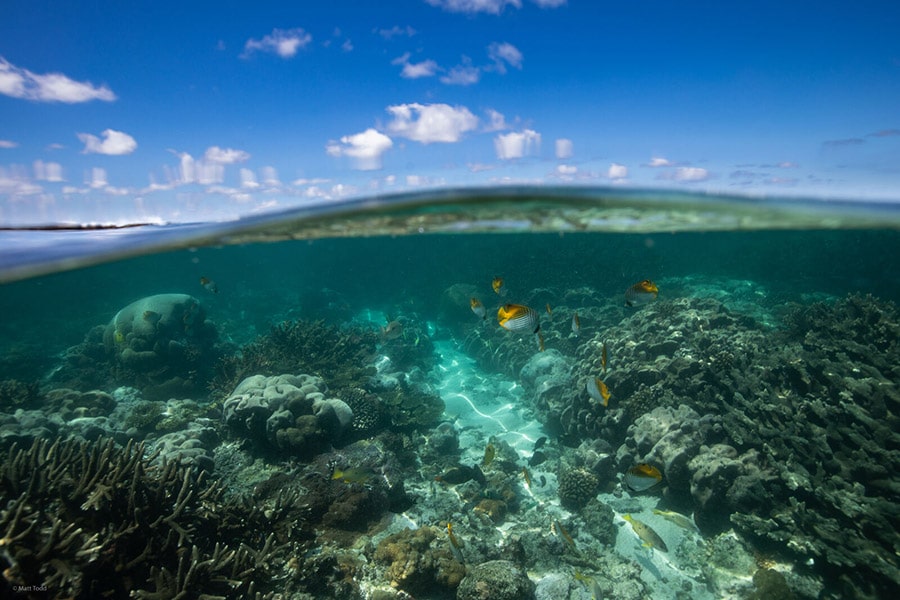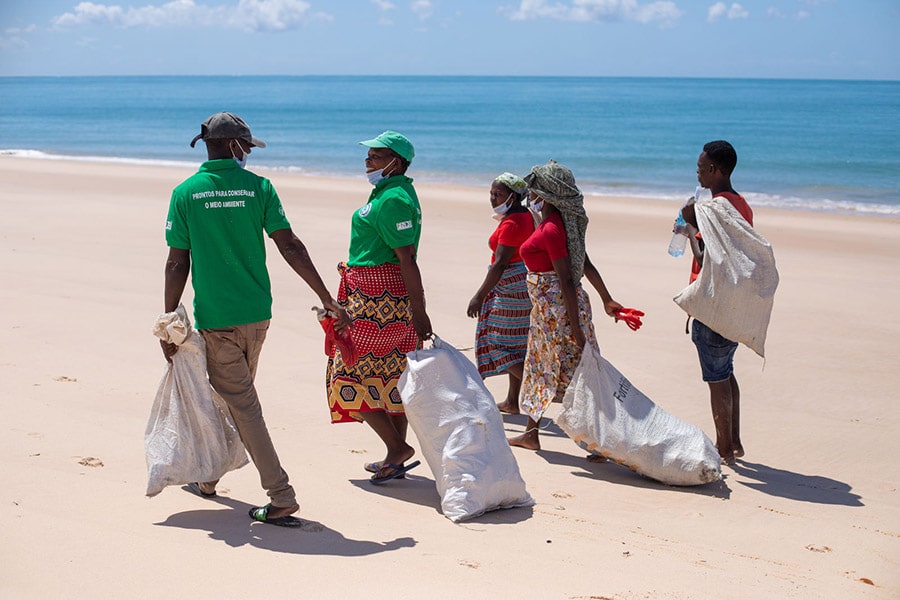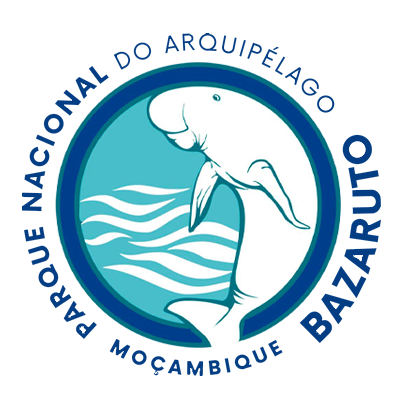
About Bazaruto Archipelago National Park
photo credit Rafael Fernandez Caballero
Introduction
Bazaruto Archipelago National Park is the first marine reserve for which African Parks has signed a management partnership, collaborating with Mozambique’s National Administration of Conservation Areas (ANAC) since 2017. Declared a protected area in 1971, the park spans five islands, three of which are home to around 7,000 people. The breathtaking seascape and rich marine life have made Bazaruto a renowned tourism destination.
With strengthened management, improved infrastructure, and strong community partnerships, Bazaruto is thriving. Sustainable tourism is driving a conservation-led economy, creating jobs and skills development while safeguarding the park’s rich marine biodiversity. Bazaruto is a shining example of how co-management can secure a thriving future for both people and marine ecosystems
Biodiversity Conservation
As one of the most critical marine sanctuaries in the Indian Ocean, Bazaruto is home to megafauna such as dolphins, sharks, whales, manta rays, turtles and the last viable dugong population on the East African coast. As such, vital conservation efforts in protecting this ecologically and culturally important population are ongoing. In 2022, through collaborative research work coordinated by park management, the dugong was relisted from ‘Vulnerable’ on the IUCN (International Union for Conservation of Nature) Red List to ‘Critically Endangered’, giving it the highest level of global protection. In a first for Africa, African Parks, the Mozambican government, and James Cook University launched a groundbreaking dugong satellite-tagging project, while the park also expanded its sea turtle research, tagging dozens of turtles to study their behaviour and interactions with artisanal fisheries. These insights are guiding efforts to promote sustainable fishing practices, ensuring a future where people and marine life thrive together.

photo credit Matt Todd
Participatory spatial mapping of the park and surrounding seascape was carried out in consultation with island and mainland communities, to understand areas of importance for fishing and natural resource utilisation. A reef carrying capacity assessment provided management with guidelines on the optimal number of divers or snorkellers on a site at any one time to minimise disturbance.
Community Development
African Parks has implemented a strong community engagement programme to create a firm foundation on which the relationship between the local communities and park management can thrive, and where communities can benefit from and support the preservation of this archipelago.

photo credit Jeremy Hu
In support of key skills development programme for young people, a community training centre has been built on Bazaruto Island providing a venue for activities and a bakery where graduates of the hospitality programme run a business to supply bread to the community. Conservation agriculture groups receive training in natural pesticide production, food production and nutrition, while others have been trained in the production of high-quality handcrafts made of natural material from the islands. Environmental education sessions are organised by the community development team in coordination with the Tourism, Research, Monitoring and Local Community Leadership sectors. Environmental clubs are being run across schools, and a student support programme in the Archipelago Schools and Vilankulo and Inhassoro districts benefits hundreds of students. Tonnes of refuse are removed from the islands annually, with 80% recycled via a recycling company and the manufacture of paving blocks at park headquarters.
Park Revenue Generation
African Parks is working to increase community employment through tourism concessions, training local tour guides as well as hospitality training. This is helping to create a conservation-led economy and will increase the value to and support from local communities to maintain Bazaruto as a protected area long into the future. To that end, a comprehensive Tourism Development Plan has been developed and finalised, and rigorous park compliance checks were implemented, ensuring that 100% of new tourism development adheres to park regulations. . A Sustainable Tourism Model (STM) survey was carried out on the three islands as well as Vilankulo airport.
Almost 30,000 people visit Bazaruto a year, made up of international, regional and local visitors, with 16% of its annual income going directly to island communities for their own use and development. Bazaruto Archipelago National Park continues to grow in popularity and the planned diversification of tourism activities on the islands will enhance its appeal.

